13 Amazing Applications for Graphene
The miracle material graphene could open the door to a wonderful future. Discover how it is set to change our lives forever.

Director of Marketing Communications

What’s stronger than steel, as hard as a diamond, and a million times thinner than paper?
The answer to this question has been heralded as, “a new miracle in the material world,” by The Telegraph, Forbes calls it “the next billion-dollar super material” and Business Insider says it will “change the world”.
What is most amazing about graphene is the fact that it can be applied to improve countless things that we use every single day. The following list will touch on thirteen different ways that graphene will revolutionise existing products.
Tired of dropping cash and time to repair your delicate and frequently shattered iPhone screen? That will soon become a thing of the past. In the future, touchscreens will move from glass to plastic which will make them effectively unbreakable. Graphene will revolutionise the smartphone industry and you will never have to replace your screen again.
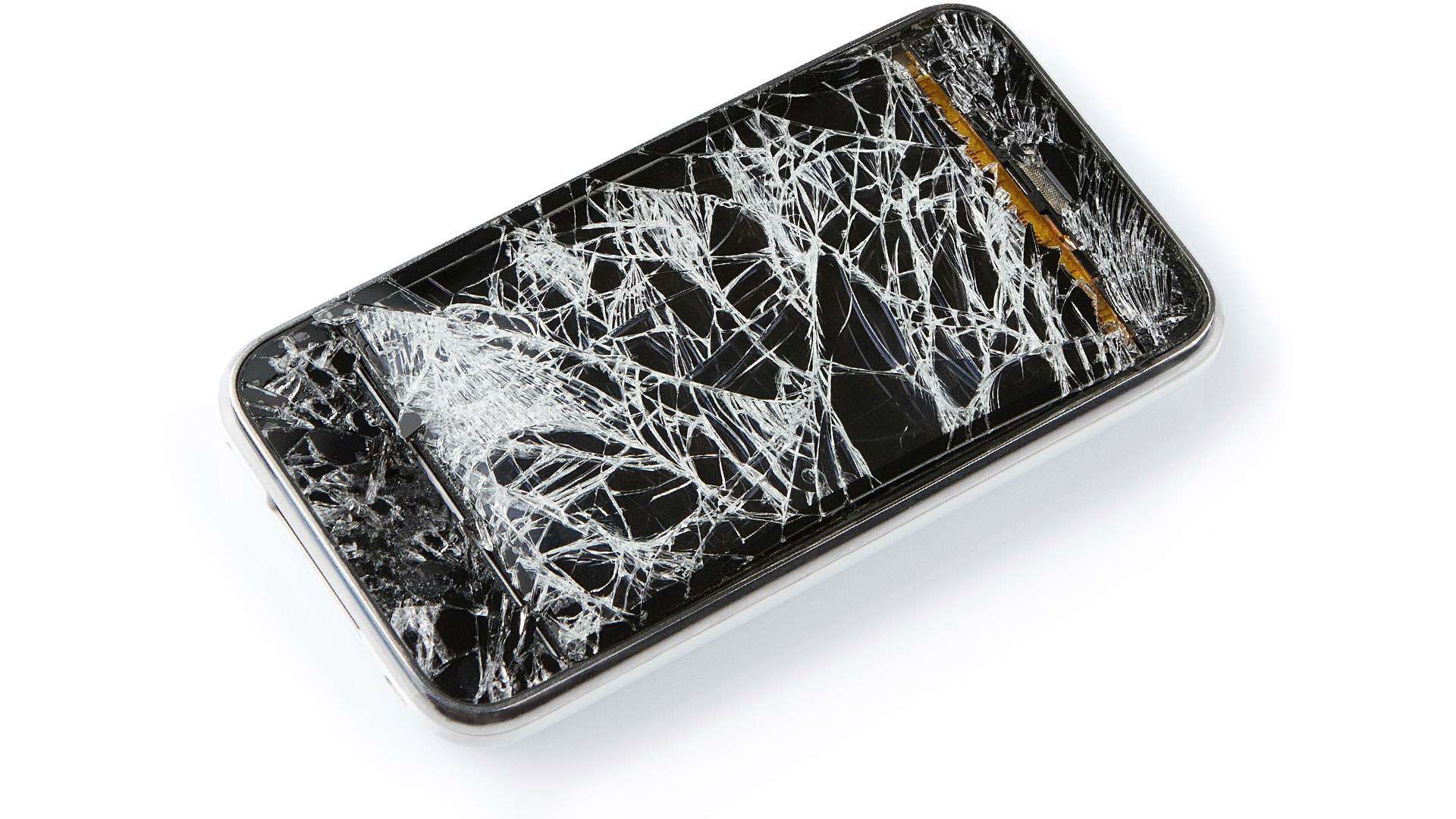
With the new Apple Watch making waves with Apple fans and techies the world over, you might wonder what is next for wearable technology. Let’s just say that the bulky and brittle iWatch will no longer be considered desirable when the unbreakable and ultra-bendy graphene watches of the future hit the market. According to the Cambridge News, “Graphene looks set to make our new phone watches look as innovative as a tin can and a bit of string”.

Looking to improve your tennis game? Look no further than graphene-enforced racquets. Although the technology is still new, some of the best in the world are already getting on board with racquet producer, HEAD. Wimbledon 2015 winner Novak Djokovic, one of the best players on the planet, says the new racquet will, “give [his] game even more speed and control.” Now that’s a scary thought for his competitors.
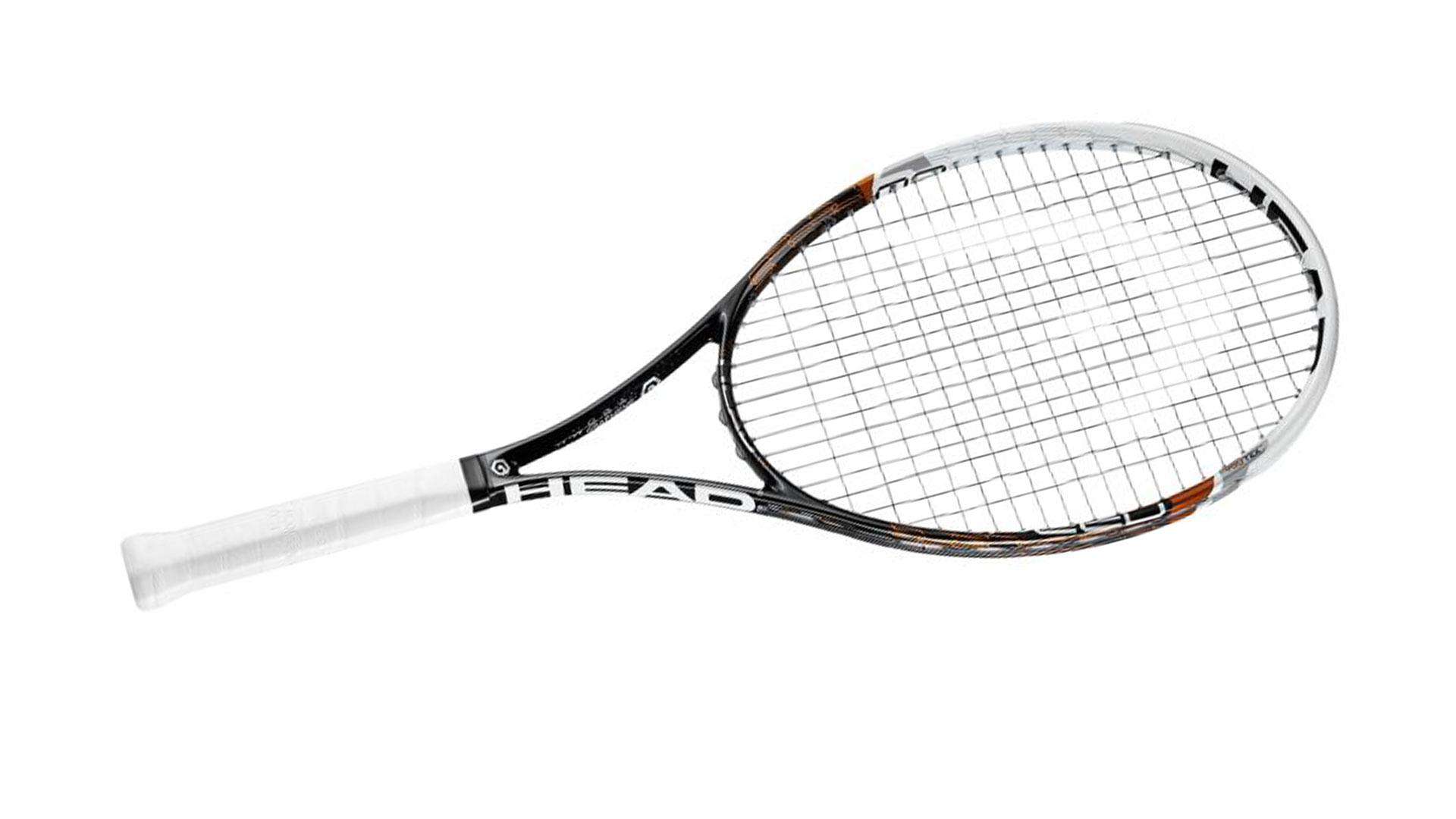
How would you respond if someone told you there was a battery out there that was non-toxic, inexpensive to produce, and could charged in your battery in about 5 seconds. You would probably tell them they were mad. Well, don’t go calling them mad just yet because researchers at UCLA have discovered a way to make graphene batteries that do just that; charge in a matter of seconds.

Now this sounds too good to be true. Researchers at Rice University and Lomonosov Moscow State University have figured out that graphene oxide has the ability to quickly and efficiently remove radioactive material from contaminated water. Chemist James Tour said that this could be groundbreaking for cleanup efforts after disasters like Fukushima.
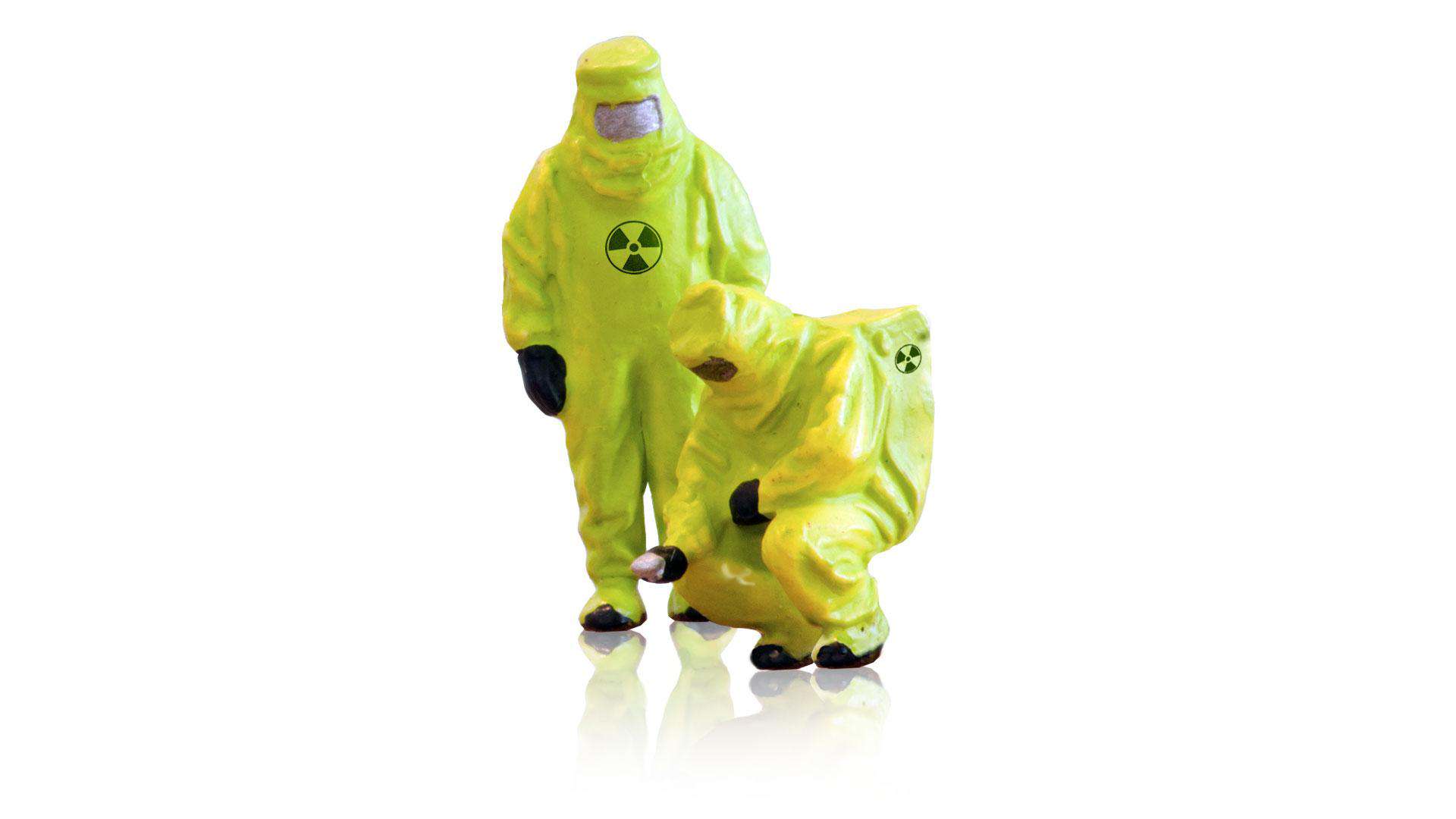
Only 3% of the world’s water supply is fresh and most of that fresh water is frozen. That brings up a dilemma for our water consumption, especially with an ever-growing population of thirsty humans. Anyone who has ever taken a dip in the ocean knows that a mouthful of salt water is not a pleasant experience. Lockheed Martin has an answer to that problem: Perforene. Perforene is a desalination membrane made from graphene that could be a game changer for people who rely on water for living (you and everyone else on earth).

Look out Kevlar, graphene is going to take your job. According to Scientific American, graphene is a stronger and more reliable alternative to Kevlar and will likely become standard wear for law enforcement officers and firefighters in the future. But it won’t just stop at bullet-proof vests. Think about full body armour that can be used in wars and conflict zones. Soldiers will have the protection of Robocop with the mobility of a superhero. What could go wrong?
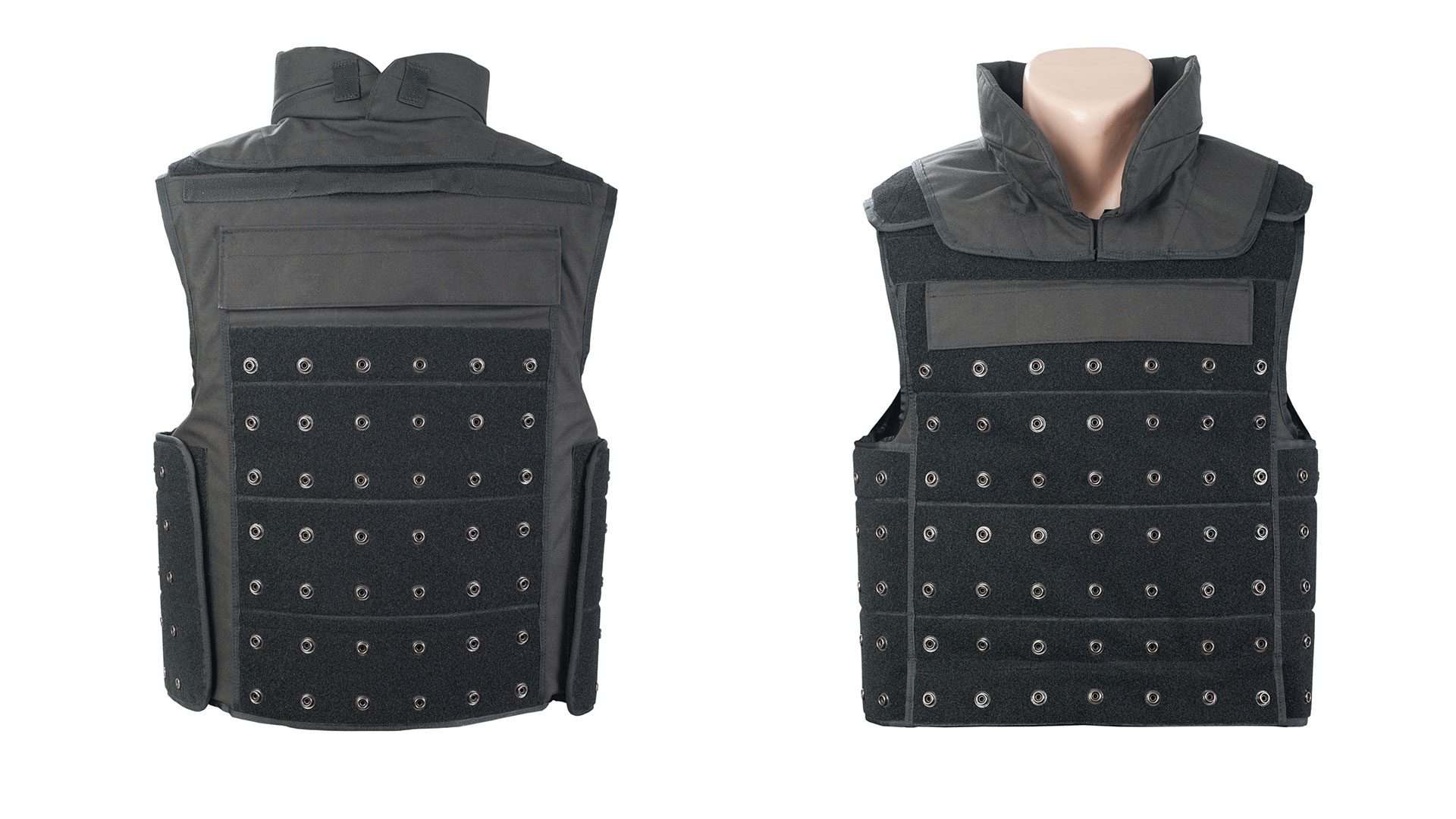
A conventional lubricant will last approximately 1,000 cycles between a steel ball and a steel disc. But if you apply a one-atom thick layer of graphene in there that number will grow to an astonishing 6,500 cycles. Graphene is the ideal material for overcoming friction and can potentially make machinery more efficient and its parts longer-lasting. The two-dimensional structure of graphene gives it a significant advantage to its three-dimensional counterparts.

You read that right. There will soon be bendable batteries. Say goodbye to clunky and chunky technology. Not only will these batteries outperform their competition, it will lead to new design ideas that can revolutionise the way we use everyday products.
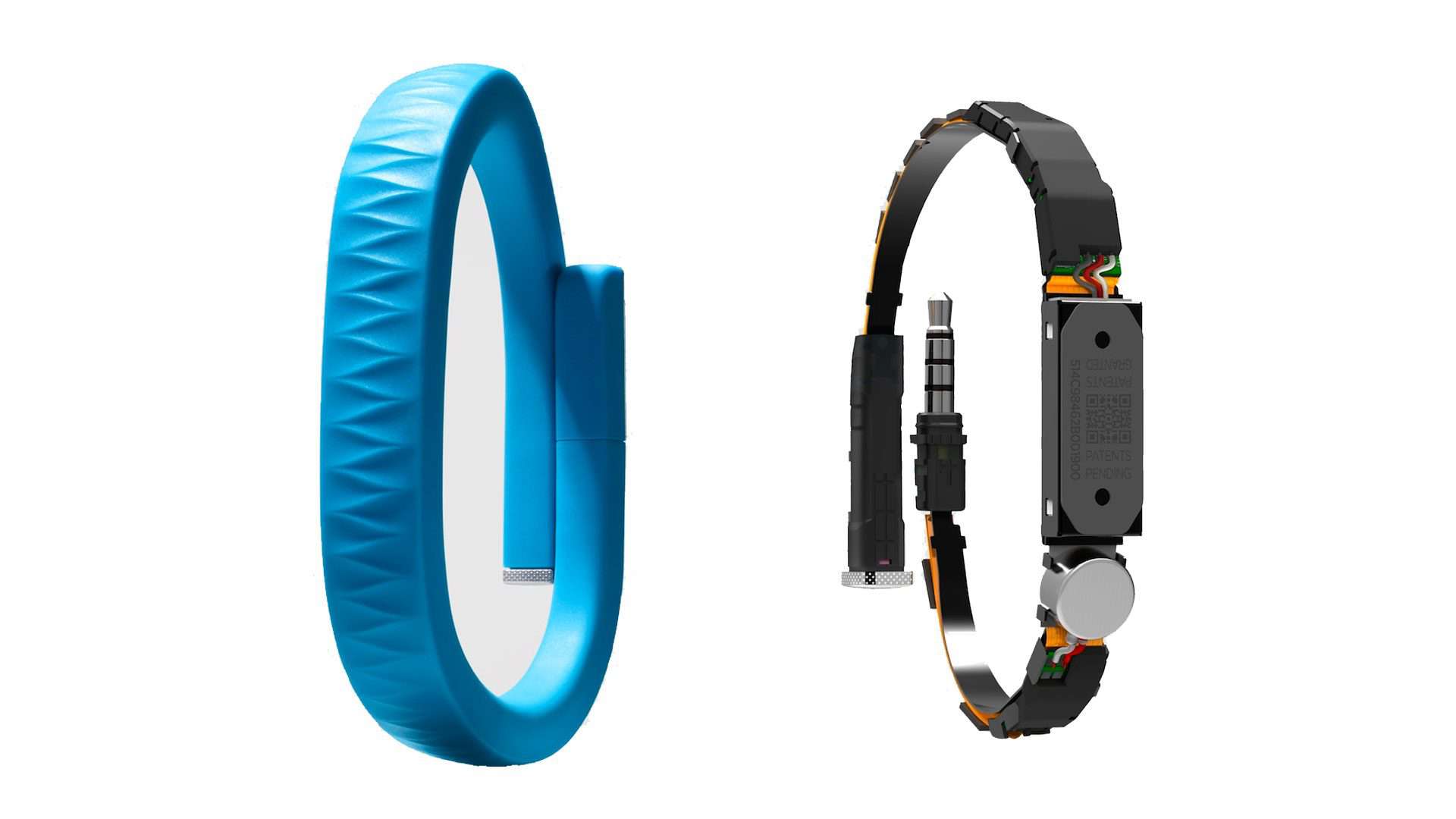
In 2014, IBM announced that it had used graphene to create a chip that is 10,000 times faster than normal chips. Although the chip was analogue, and not digital, it shows the future potential for graphene once production costs drop and the material is more widely-produced and understood. Even though they are still working on perfecting the use of graphene in computer chips, this achievement is significant because it shows that they are getting closer and closer to an efficient and remarkably powerful computer chip that will eventually be available on the market.

From improving surgical equipment and bioelectrical imaging devices to more effective DNA sequencing, disinfectants and more, the future uses for graphene in the medical world are so vast that only time will tell. There is even talk about the idea of connecting artificial implants directly to the neural system using graphene.
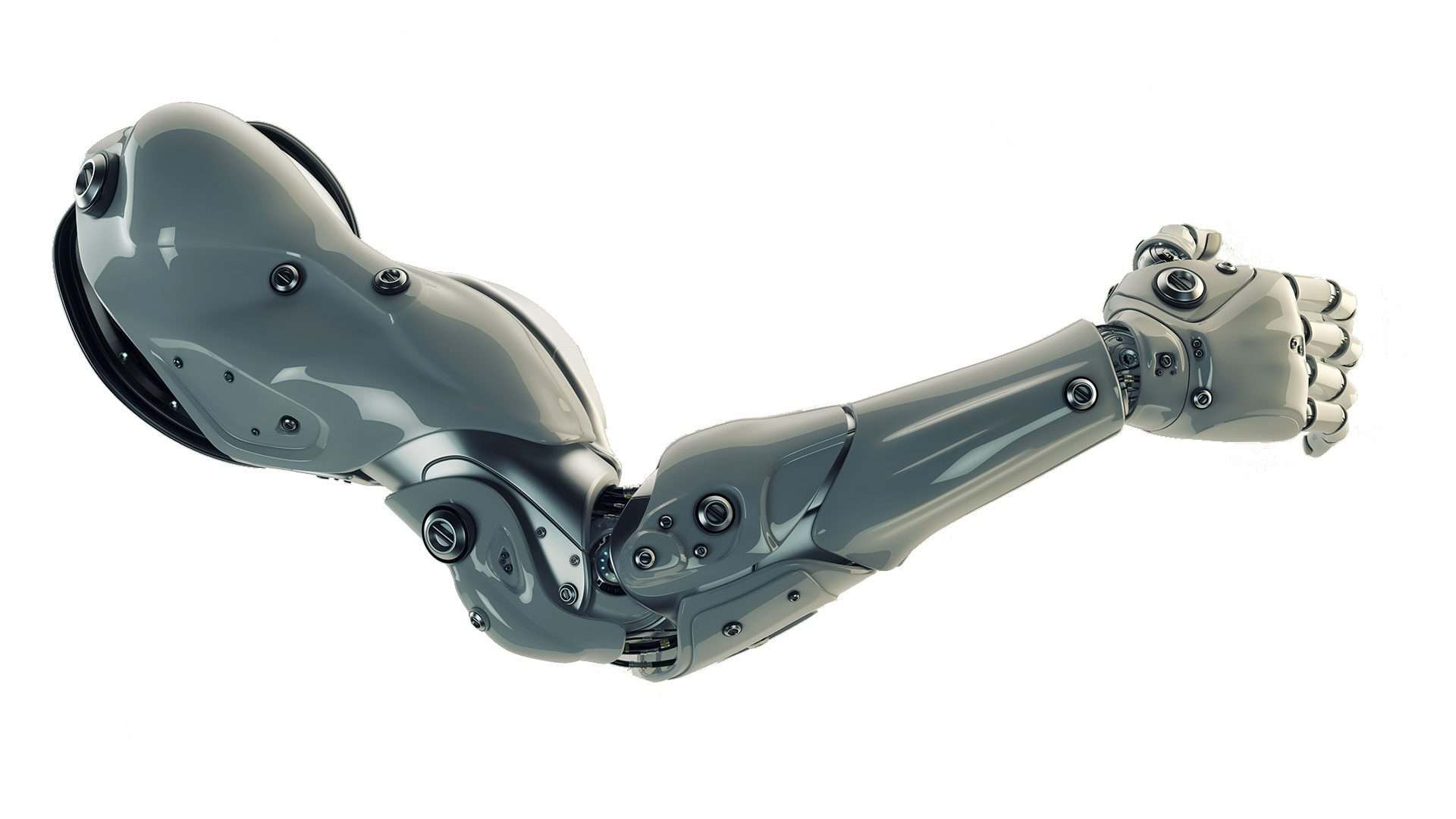
Using a graphene-based membrane could considerably enhance the efficiency of fuel cells that generate electricity from hydrogen, improving electric cars and making them a more viable, and eco-friendly solution. The main problem with existing proton membranes used in fuel cells is the amount of leaking fuel. Graphene-based membranes will render this problem obsolete.
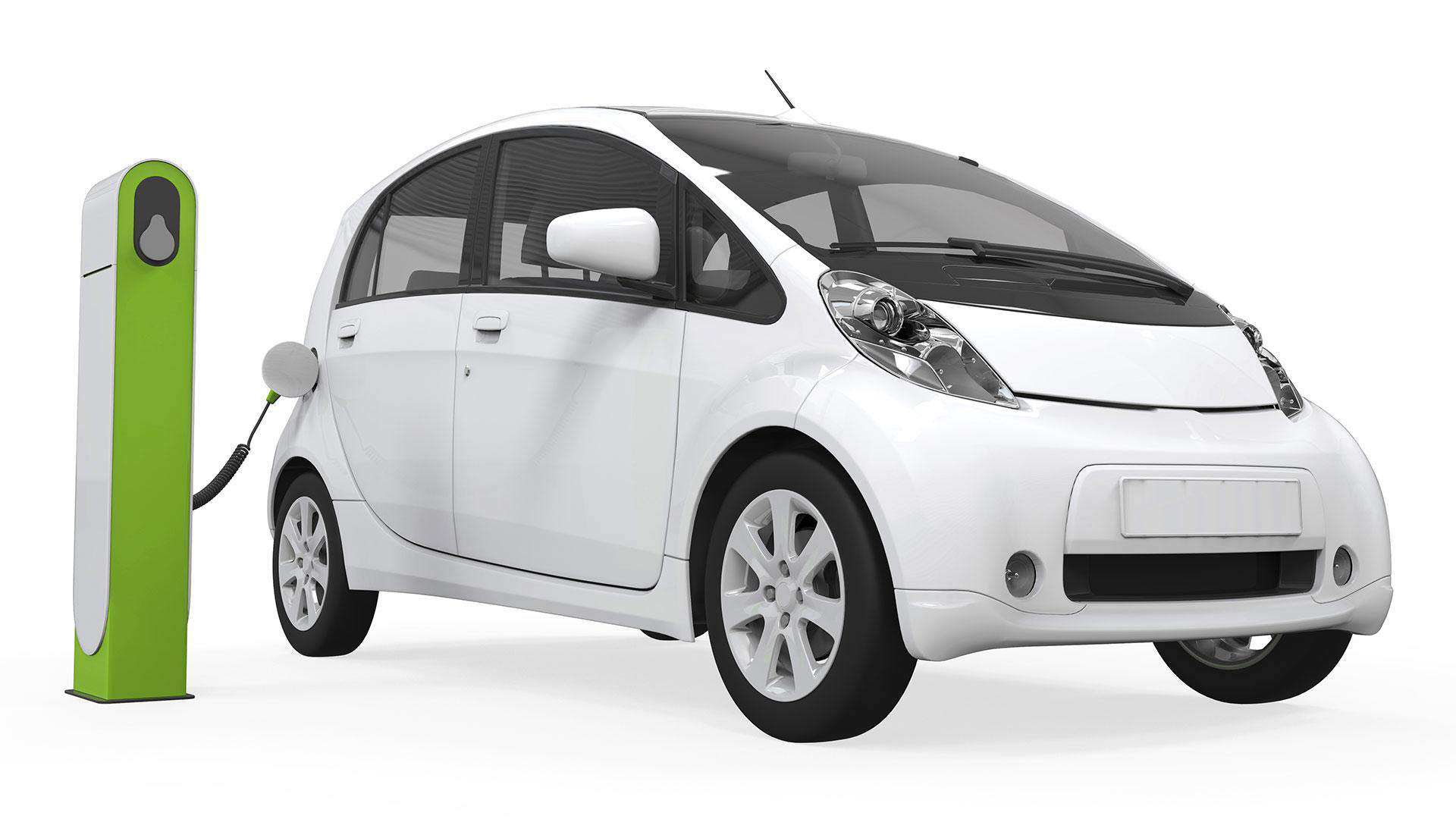
Solar cells are expensive because of one key ingredient; platinum. Even though tiny amounts are needed in the production of solar cells, the incredibly high costs and scarcity of the metal make the overall production, and later resale costs, extremely high. Yun Hang Hu, a professor of Materials Science and Engineering at Michigan Technological University just might have a solution. He developed a 3D version of graphene that could potentially make the need for platinum in solar cells obsolete. This will drive the costs of production down while making the product more efficient.

If this list is meant to do one thing and one thing alone, it should get you excited. The technology is still relatively new and not yet readily available at low costs or huge quantities. It won’t be long until we start to see the commercialisation of products using Graphene.
Enjoyed this article? Keep reading more expert insights...
CPI ensures that great inventions gets the best opportunity to become a successfully marketed product or process. We provide industry-relevant expertise and assets, supporting proof of concept and scale up services for the development of your innovative products and processes.